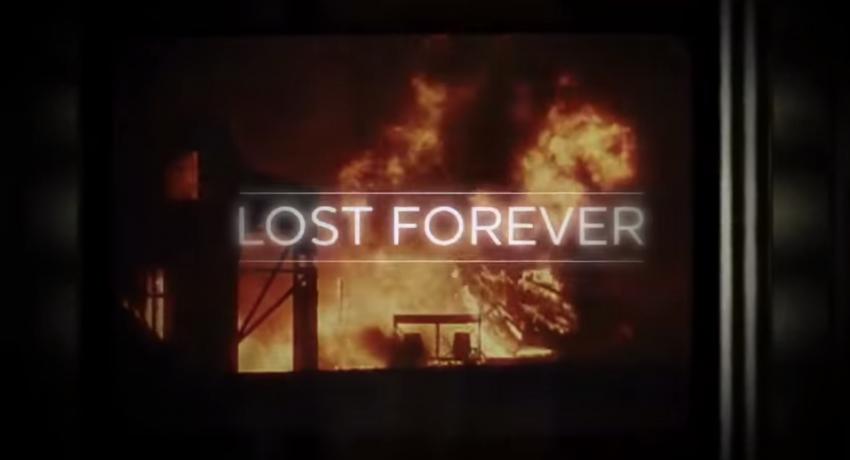Here's a great little documentary about film preservation, including a high-level history of film. There's some really cool footage in there as well as interviews with film archivists, historians, directors, producers and cinematographers. Definitely worth a watch.
It raises some issues that we grapple with here, including how to archive digital preservation copies of films. The film seems to advocate film-based preservation, which is great and we fully support that approach when it's possible and practical. But it's significantly more expensive up front than digital preservation, and is becoming increasingly harder to do as more and more labs close. Archivists are in a really tough position right now, having to decide whether to preserve fewer films on film or to scan more films at high resolution. On the one hand, a properly stored modern film will last many decades and should be easy to work with in the future. On the other, a very high resolution digital scan allows for greater access to the content, and the potential to create film prints from the scans if necessary. It's a conundrum, for sure, and we're not sure we see a solution that's going to make everyone happy.
We feel the best approach for archives that don't have deep pockets is to scan in as much film as possible now, at the highest resolution possible, on gentle, sprocket-free scanners (such as our ScanStation, or others like the GoldenEye or Scanity), before the film is gone. Scanning to a relatively generic format such as DPX files or TIFF files means that that films will be viewable in the future as long as the data can be accessed. The solution to the access problem seems to be long term cloud storage, which eliminates the need to have an in-house IT staff just to manage the migration of data from one format to another. As internet connections get faster and more competing cloud storage services come online, this is becoming much more realistic, even for very large data sets.


